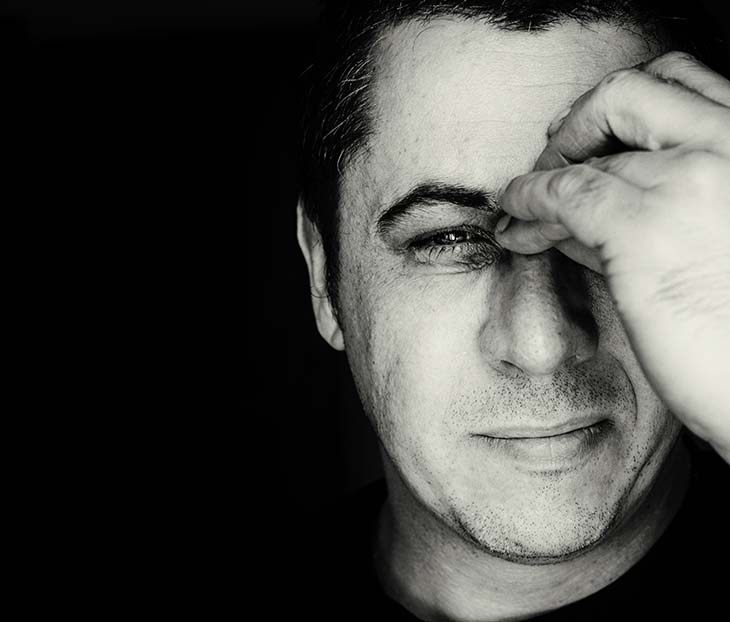Revision Rhinoplasty

The Benefits of Revision Rhinoplasty
Revision, or secondary, rhinoplasty is by no means an uncommon procedure. Rhinoplasty as a whole was the second most common plastic surgery procedure in 2015, after breast augmentation, with 217,979 rhinoplasty surgeries conducted that year, and 10 to 15 percent of rhinoplasty patients undergoing a secondary rhinoplasty procedure.
Just like people undergo primary rhinoplasty (their first rhinoplasty procedure) in order to obtain a variety of benefits, there’s also a variety of benefits that patients may hope to gain from revision rhinoplasty procedures. Here are five of the most common benefits of revision rhinoplasty.
1. Improving Results after Primary Rhinoplasty
Sometimes, patients are unhappy with the aesthetic results of their rhinoplasty or become unhappy with their results later on. Sometimes this is because the surgeon who conducted their first procedure did so improperly, placing the implants incorrectly; improperly revising the nostrils, leaving them too large, too small, or asymmetrical; or otherwise not giving the patient the look they wanted.
On the other hand, sometimes even initially gorgeous results can change or look unbecoming as the face changes with age. This is of course no one’s fault, but still needs revision to ensure that the patient remains happy with their face.
2. Dramatic Changes
Sometimes patients have such severe trauma or a desire for such dramatically different results that one procedure won’t allow them to get the look they want. In these cases, additional rhinoplasty procedures may be needed later, after the patient has healed from their first procedure, to complete the patient’s goals for the look of their nose.
3. Improved Breathing
Many patients seek their initial rhinoplasty procedure because of breathing issues, usually caused by nasal obstruction. Often patients seek a revision rhinoplasty for the same reason. In rare cases, an unsatisfactory surgeon can cause breathing problems through an improperly conducted rhinoplasty, but more often breathing issues are either not completely resolved by the primary rhinoplasty or are a result of aging or illness that occurred after the first procedure.
4. Improved Sleep
Just like rhinoplasty can improve breathing, it can also improve sleep, and for many of the same reasons. Poor or obstructed breathing during sleep causes problems like snoring and sleep apnea, which can disrupt sleep. Often times, patients don’t even realize that issues with their sleep are the result of breathing difficulties, but their partners may notice the inconsistent, noisy, or strange sounding breathing. Once again, these problems can be caused by an improperly done rhinoplasty, illness or aging, or were not resolved by the first procedure.
5. Repairing Damaged Results
Finally, revision rhinoplasty may be needed if the results of the first rhinoplasty are damaged because of a broken nose or other facial trauma. This trauma is often the result of a blow to the face, but may also be caused by heat or chemical burns. Just like with a primary rhinoplasty used to repair trauma, a secondary rhinoplasty intended to do the same thing is usually covered by insurance.
Ensuring Your Revision Rhinoplasty is Done Right
Choosing the right doctor for your revision rhinoplasty procedure is of the utmost importance. If you’re choosing a revision rhinoplasty because of unsatisfactory results from your first surgery, you have already experienced just how true this is. Dr. William J. Binder is an experienced and double board certified facial plastic surgeon who has been passionately serving and satisfying plastic surgery patients in the Los Angeles area for decades while also conducting research and giving informational lectures to plastic surgeons around the world.
Dr. Binder specializes in reconstructive surgeries. If you want your revision rhinoplasty performed by one of the world’s leading facial plastic surgeons, don’t wait to act. Contact our office today to schedule your consultation.
